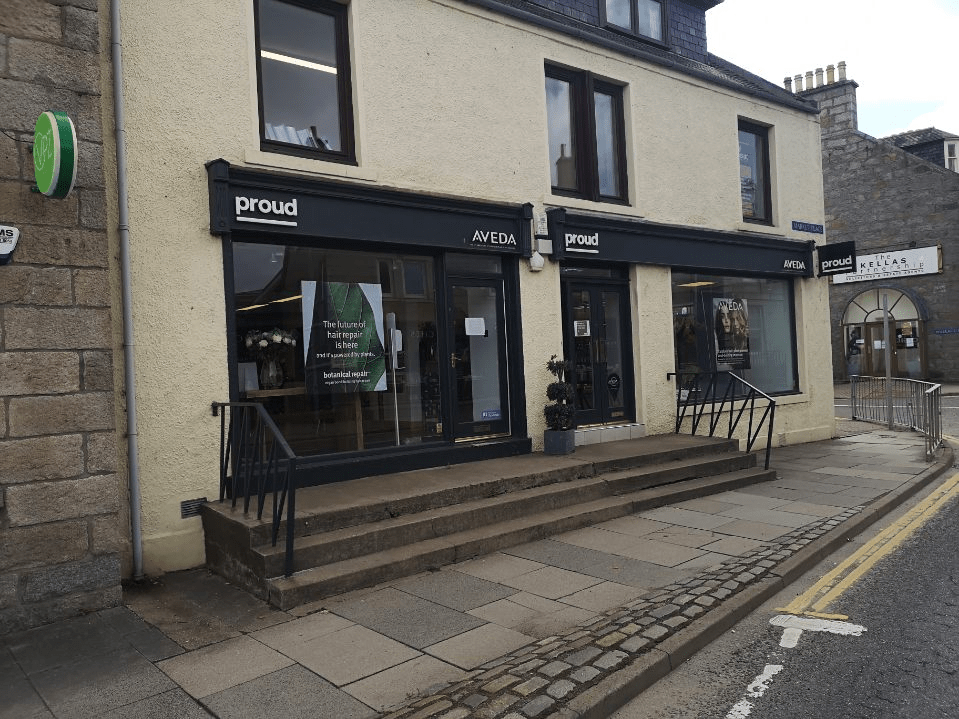There is a quiet revolution building pace in the hair and beauty industry and it has had profound implications for early insurgents: greater transparency for stylist and client, a more simplistic approach to running a salon and, most importantly, a leap in profitability that would astound many owners. It centers on flipping the way clients are billed and follows other big service industries where labor and parts are charged. But it has only been made possible by Vish.
A New Approach to Pricing
Joshua Proud, co-owner, with his wife, Kareen, of Proud Hair Salon in Inverurie, Scotland, flipped their charging structure just days before the end of the first Covid lockdown in 2020, and the rush of clients to get their four-month regrowth sorted began. They were early adopters of Vish, and the whole team was well-versed with weighing and reweighing formulas. So when Vish EMEA General Manager Tom Bentley-Taylor suggested they consider a new approach to charging, they understood the implications immediately.
“I knew we were facing hugely inflated product costs that would be difficult to transfer to the client without resentment, but after being closed for so long we couldn’t afford for our tiny bit of profit to be eroded further,” says Joshua, who opened his Aveda salon in 2012.
“When Vish recommended separating out the product costs, it was a lightbulb moment for us.”
The whole restructuring took just a couple of days, converting to hourly rates for the stylists and separating out all product costs, to be itemized as extras on the bill. Stylists were given more time to deliver services but all product costs were stripped out of the commission system.
“No one can expect to be paid commission on what is a cost to the business,” adds Joshua. “Plus we added a mark-up to the color charge so we had guaranteed profit per service.”
Benefits Beyond Profits
Everything was simple and transparent. It even helped reduce waste.
“We’d already massively reduced waste from using Vish and brought down spend on inventory, but there were still some stylists who were a bit heavy with application. As soon as they realized their client would be paying for every gram of color they dispensed over the requirement, they really began to be more careful,” says Joshua.
“Overall, our spend on color per month is down by around $1300 while profit per color service is up by 15%.”
As an Aveda salon, Proud was already focused on sustaining the planet but since adopting the new charging structure, it has also become an expert at sustaining profits.
